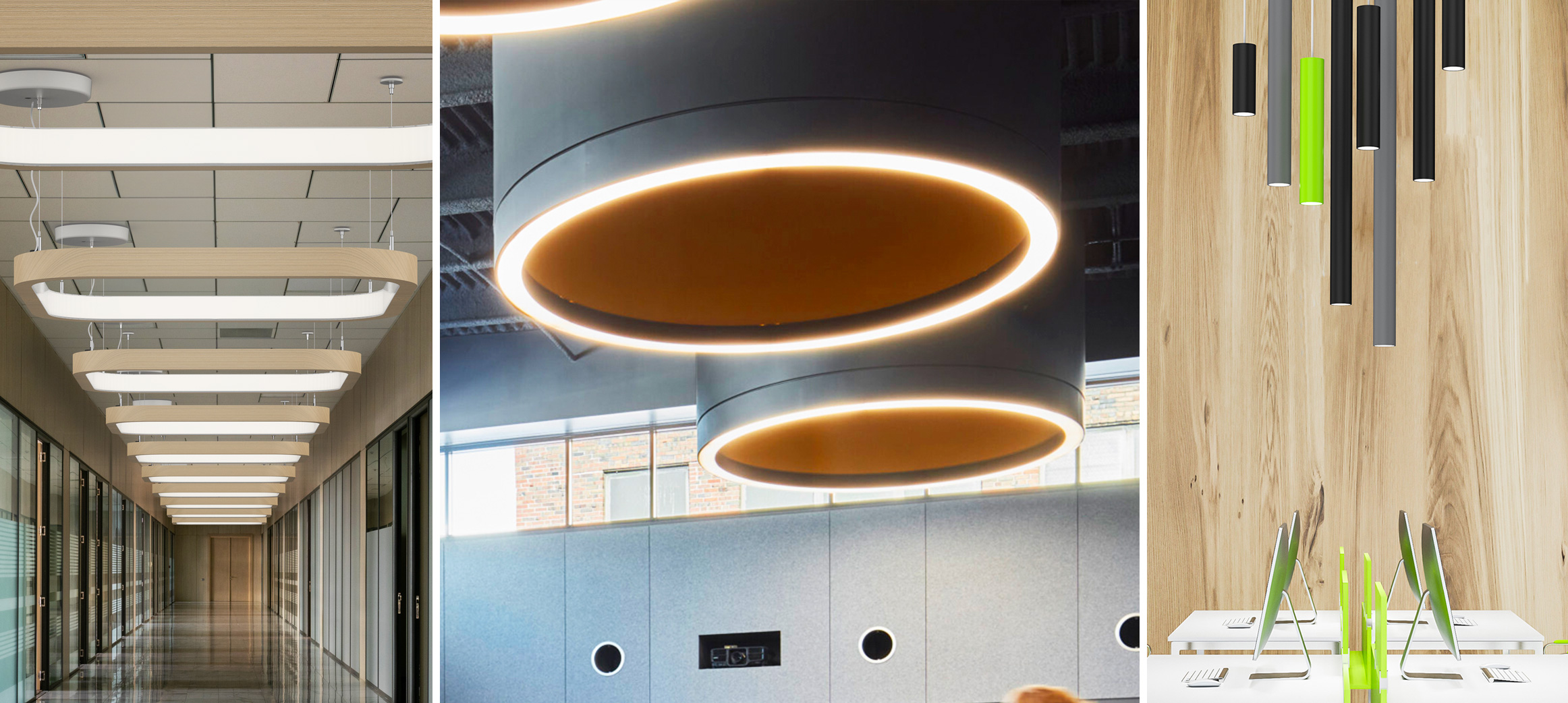In the ever-evolving world of architectural design, lighting trends play a pivotal role in shaping the ambiance and functionality of spaces. As we step into 2024, let's uncover the latest trends in architectural lighting, exploring what's in vogue and what's fading into the shadows.
Embracing the Light - What's In
Biophilic Lighting
Natural Integration: Lighting designs incorporating natural elements like plants, water features, or organic forms, creating soothing and immersive environments.
Health and Wellness: Utilizing circadian lighting that aligns with natural daylight patterns to support human circadian rhythms, fostering better sleep and overall well-being.
Nature-Inspired Patterns: Utilizing shadow play and organic shapes to mimic natural patterns, evoking a sense of tranquility and connection to the outdoors.
Smart Lighting Control Systems
Adaptive Technology: AI-driven systems that learn and adapt to user preferences, adjusting lighting levels, color temperatures, and ambiance based on occupant behavior and environmental changes.
IoT Integration: Integration with smart devices and sensors for seamless control, allowing occupants to personalize their lighting experiences through voice commands or mobile apps.
Energy Optimization: Systems that optimize energy usage by dimming or turning off lights in unoccupied areas, contributing to sustainability and cost efficiency.
Sculptural Fixtures
Artistic Expressions: Unique and sculptural lighting fixtures act as focal points, blending art and functionality to elevate interior and exterior design aesthetics.
Customizable Designs: Tailored fixtures that create dramatic silhouettes or lighting effects, amplifying architectural features, and creating dynamic visual interest.
Dynamic Color Temperatures
Tunable Lighting: Lighting systems offer adjustable color temperatures to mimic natural daylight shifts throughout the day, promoting alertness, focus, or relaxation as needed.
Human-Centric Design: Incorporating warmer hues in the morning and cooler tones in the evening to align with human circadian rhythms and enhance occupant comfort.
Interactive Lighting Installations
User Engagement: Lighting setups that respond to touch, motion, or sound, fostering interactive and immersive experiences in public spaces, exhibitions, or entertainment venues.
Augmented Reality Integration: Integration of lighting with augmented reality technologies to create interactive and dynamic environments, engaging users in innovative ways.
Fading into the Shadows - What's Out
Static White Lighting
Limiting Flexibility: Fixed, static lighting setups lack variability in color temperatures and intensities and are unable to adapt to varying needs or user preferences.
Monotonous Environments: Uniform white lighting without variation or warmth, failing to create dynamic or inviting atmospheres.
Overly Glaring Lights
Harsh Illumination: Overly bright or glaring lighting causes discomfort, glare, or visual fatigue for occupants, especially in work or living spaces.
Inadequate Controls: Lack of dimming options or glare reduction strategies, resulting in discomfort and hindering visual comfort.
Single-Purpose Lighting
Limited Functionality: Lighting fixtures designed for singular purposes without adaptability or versatility, limiting their use in evolving spaces.
Inflexible Design: Fixtures with fixed functionality that cannot be adjusted or repurposed per changing needs or design trends.
Obsolete Energy-Inefficient Fixtures
High Energy Consumption: Outdated lighting technologies consume excessive energy without providing significant benefits or adaptive capabilities.
Environmental Impact: Lack of energy-efficient features contributes to higher carbon footprints and increased operational costs.
Heavy Reliance on Overhead Lighting
Sole Source of Illumination: Exclusive reliance on overhead lighting without supplementary or layered lighting solutions, resulting in uninspiring or monotonous spaces.
Inadequate Ambiance: Overhead lighting lacks ambiance or mood, failing to highlight architectural features or create visual interest.
As we navigate the ever-evolving landscape of architectural lighting, staying updated on emerging trends is key to crafting spaces that inspire, comfort, and elevate experiences. Embracing the innovative trends of 2024 and bidding adieu to outdated concepts paves the way for brighter, more adaptive, and experiential environments.
The architectural lighting trends for 2024 are not just about illumination but about enhancing lifestyles, embracing sustainability, and creating immersive spaces that resonate with the human experience. Stay tuned to embrace the illuminating journey ahead!

No Comments.